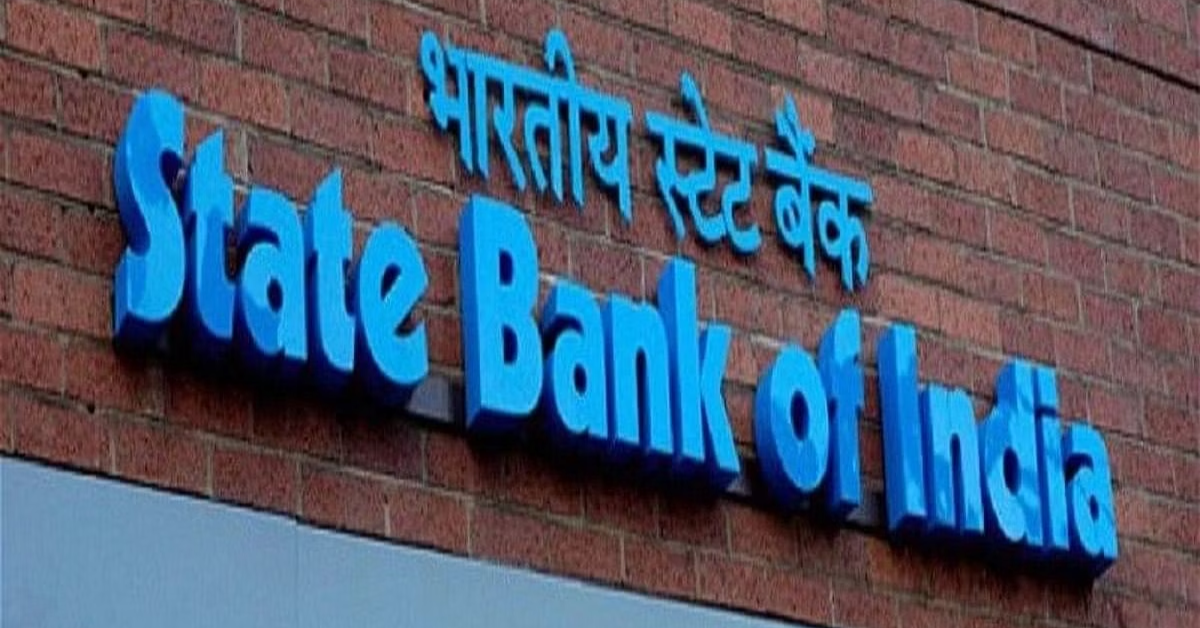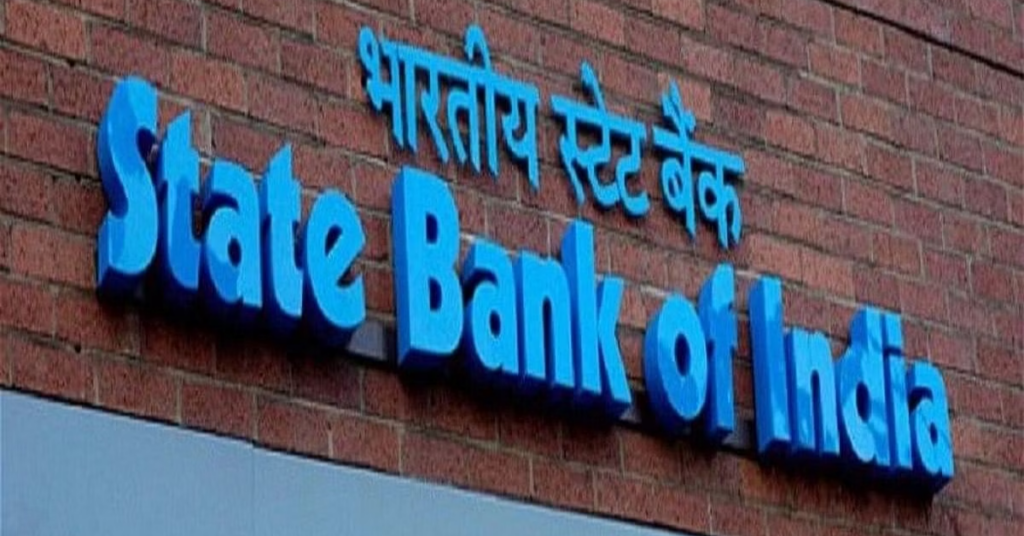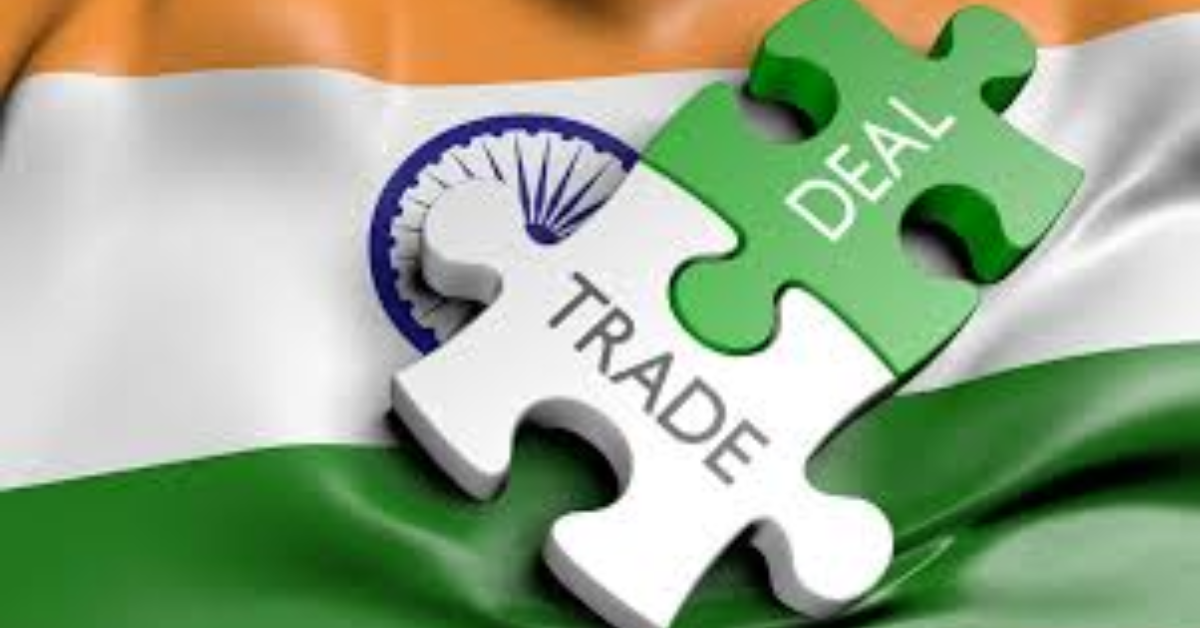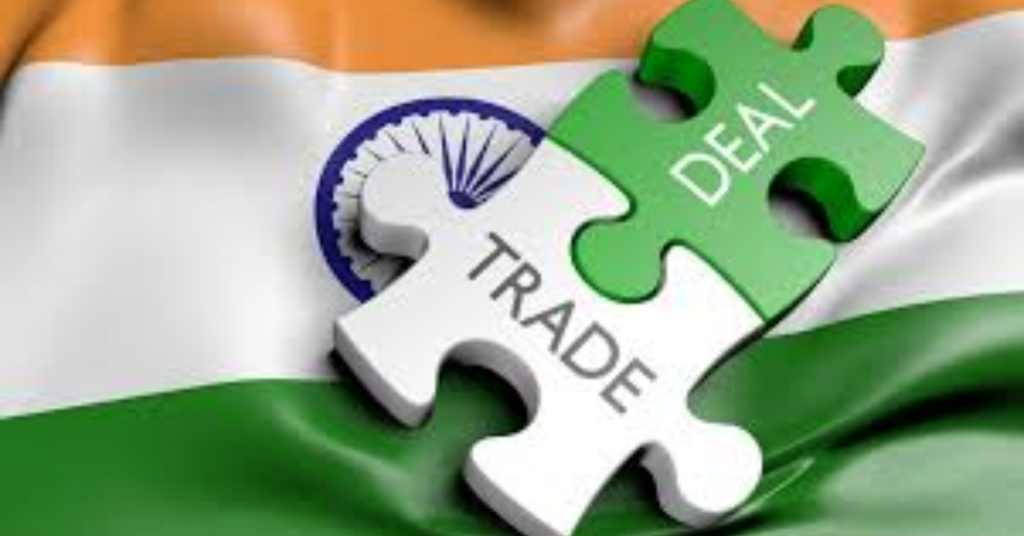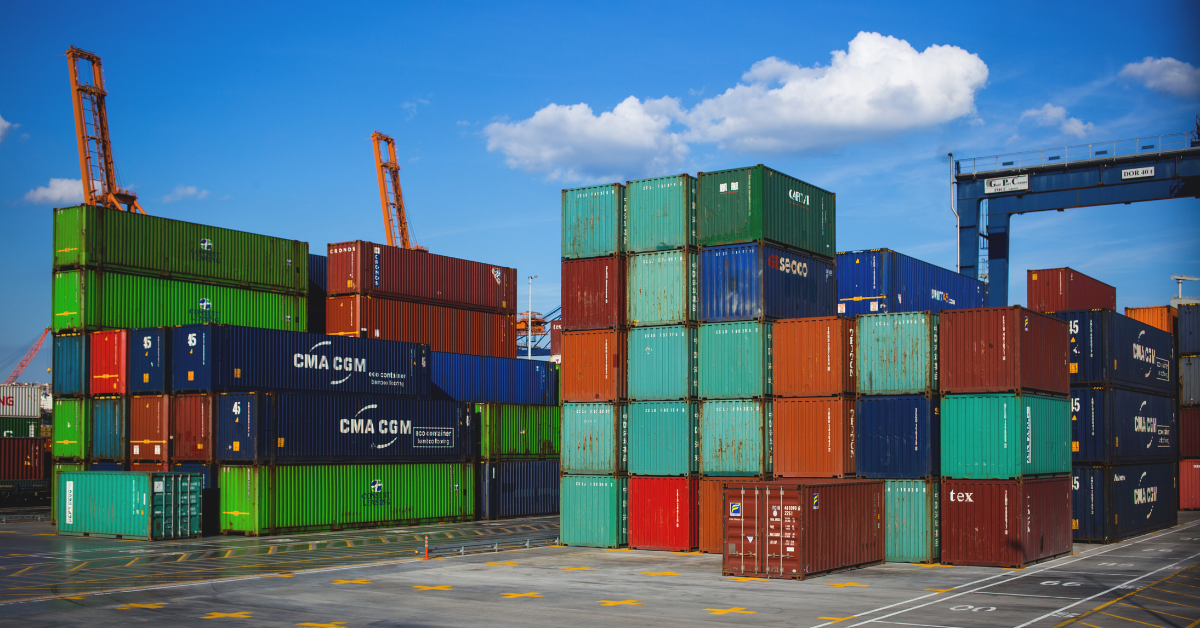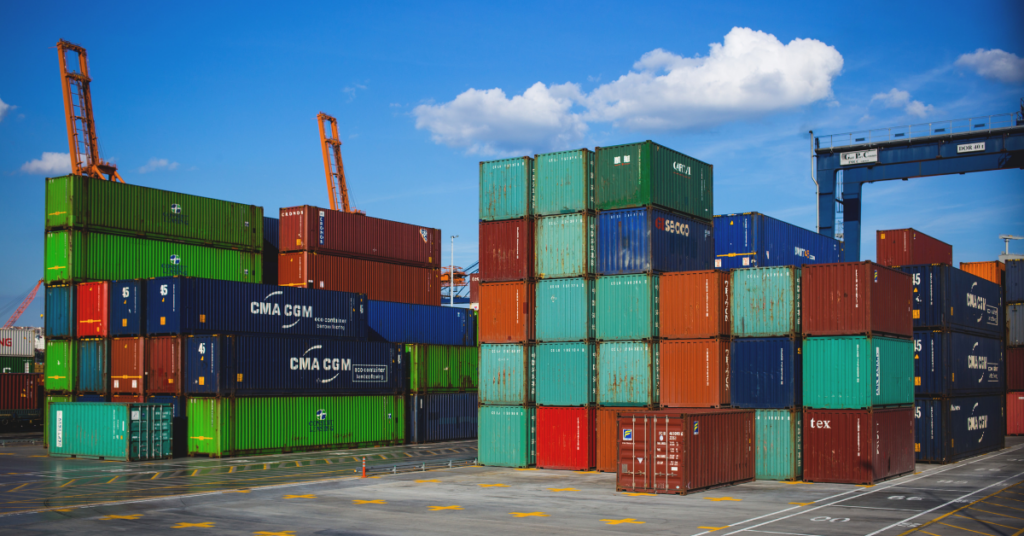India’s space sector has undergone significant reforms, paving the way for a more dynamic and competitive industry. A key change involves the opening up of the space sector to private players. This move aims to foster innovation and competition, encouraging private companies to participate in space-related activities, from satellite launches to the development of space-based technologies. This deregulation allows for increased investment and the development of new space tech applications.
Another crucial reform is the establishment of the Indian National Space Promotion and Authorisation Centre (IN-SPACe). This new body acts as an interface between the Indian Space Research Organisation (ISRO) and the private sector. IN-SPACe helps streamline the process for private companies seeking to access ISRO’s infrastructure and expertise. This simplifies procedures, allowing private companies to participate more easily in space missions and projects. The experts involved in establishing IN-SPACe have worked hard to create a system that is both efficient and transparent.
Furthermore, the government has implemented reforms aimed at simplifying licensing and regulatory processes. Previously, navigating the regulatory landscape for space-related activities was complex and time-consuming. These reforms aim to reduce bureaucratic hurdles, making it easier for both domestic and international companies to invest in and operate within the Indian space industry. This deregulation has received widespread applause and is considered a crucial step towards making India a global leader in the space sector.
These reforms also include a greater emphasis on intellectual property rights. Clearer guidelines and protection for intellectual property are designed to encourage innovation and attract further investment. The aim is to create an environment where companies feel confident in protecting their inventions and innovations, thereby stimulating growth within the space tech industry.
Economic Impact Analysis
The economic impact of these reforms is expected to be substantial. Opening the space sector to private companies will undoubtedly attract significant foreign and domestic investment, boosting economic growth. This influx of capital will create numerous high-skilled jobs, not only in space tech but also in related industries like manufacturing and services. The development of new space-based applications, driven by private sector innovation, will further stimulate economic activity across various sectors.
Experts predict a ripple effect across India’s economy. The growth of the space sector will lead to advancements in other technology sectors, fostering a culture of innovation and technological advancement. This will not only improve India’s technological capabilities but also enhance its global competitiveness. The increased participation of private companies will also lead to greater efficiency and cost-effectiveness in space-related projects.
Furthermore, the reforms are expected to boost India’s export capabilities in the space tech industry. With simplified regulatory processes and increased private sector participation, Indian companies can compete more effectively in the global space market. This will generate valuable foreign exchange earnings and enhance India’s standing as a leading player in the global space sector. The reforms have already garnered significant applause from both domestic and international experts.
The development of indigenous space technologies will reduce India’s reliance on foreign technologies, leading to greater self-reliance and national security. This is particularly crucial for applications such as satellite communication and earth observation, which are vital for various sectors including agriculture, disaster management, and national defence. The long-term economic benefits of these reforms are considerable and far-reaching, positioning India for significant growth in the global space industry.
Technological Advancements
India’s space reforms have spurred significant technological advancements. ISRO’s expertise, combined with the influx of private sector innovation, is driving the development of cutting-edge space technologies. This includes advancements in rocket propulsion systems, satellite design and manufacturing, and the development of new earth observation and communication technologies. Private companies are now contributing to the design and building of satellites, pushing the boundaries of what’s possible.
The increased competition fostered by the reforms is leading to more efficient and cost-effective space technologies. Private companies are bringing innovative approaches to problem-solving, leading to lighter, more powerful, and more affordable satellites and launch vehicles. This competition is also driving improvements in data analytics and the development of new applications for space-based data. The sector is witnessing a rapid evolution in capabilities.
Furthermore, the reforms have encouraged the development of indigenous space technologies, reducing India’s reliance on foreign imports. This self-reliance is crucial for national security and allows for greater control over critical space infrastructure. The focus on domestic innovation is fostering a skilled workforce and establishing India as a global leader in specific niche areas of space tech. Experts highlight this shift towards self-sufficiency as a major success of the reforms.
The collaboration between ISRO and private companies is also fostering the development of new space-based services. These include improved navigation systems, enhanced communication networks, and more precise weather forecasting capabilities. The private sector’s agility allows for quicker adaptation to market needs, resulting in more responsive and innovative space-based solutions. This synergy between public and private entities is driving unprecedented progress in the space tech industry.
The reforms have also led to a significant increase in research and development within the space sector. Both public and private entities are investing heavily in research, leading to breakthroughs in areas such as materials science, robotics, and artificial intelligence, all of which are crucial for the advancement of space technology. This increased investment in R&D is positioning India at the forefront of global space exploration.
International Collaboration
India’s burgeoning space sector is increasingly engaging in international collaborations, leveraging global expertise and fostering mutually beneficial partnerships. Several agreements have been signed with various nations, allowing for joint research projects, technology sharing, and the development of collaborative space missions. This international engagement expands India’s reach and influence within the global space community.
These collaborations extend beyond bilateral agreements, encompassing participation in multinational space initiatives. India actively contributes to projects focusing on Earth observation, space debris mitigation, and the exploration of celestial bodies. This participation allows Indian scientists and engineers to work alongside their international counterparts, sharing knowledge and expertise.
The private sector’s increased involvement in India’s space industry is also facilitating international collaborations. Private Indian space tech companies are forging partnerships with international counterparts, jointly developing and marketing space-based products and services. This expansion into the global market increases the competitiveness of Indian space tech companies and brings valuable international investment into the sector.
Furthermore, the reforms have streamlined the regulatory processes for international collaborations, making it easier for foreign companies to partner with Indian entities. This openness has attracted considerable interest from international players, leading to a surge in joint ventures and technology transfer agreements. Experts believe that this enhanced international engagement will significantly boost India’s space capabilities and global standing.
The sharing of data and technology through these collaborations enhances India’s capabilities in areas such as satellite navigation, remote sensing, and space communication. Access to international expertise and resources complements India’s own strengths, accelerating the pace of technological advancements within the Indian space industry. The resulting synergy promises to yield significant benefits for both India and its international partners.
Future Prospects
Looking ahead, the Indian space sector’s future appears bright, fuelled by the recent reforms and the resulting dynamism. The continued influx of private investment, coupled with ISRO’s established expertise, promises to deliver groundbreaking advancements in space technology. We can expect to see more sophisticated satellite constellations, more efficient launch vehicles, and a wider range of space-based services catering to diverse sectors.
The private sector’s role will be pivotal in driving innovation and competition. This increased competition should lead to more cost-effective solutions and a wider array of space-based applications. We can anticipate the emergence of new space tech companies specialising in niche areas, contributing to a vibrant and diverse ecosystem. This growth will also create a wealth of high-skilled jobs, boosting India’s economic standing on the global stage.
International collaboration will continue to play a significant role in shaping the future of India’s space sector. Joint ventures and technology sharing agreements with other spacefaring nations will accelerate technological progress and broaden India’s reach in space exploration. This international engagement will not only enhance India’s technological capabilities but also solidify its position as a major player in the global space community.
The government’s commitment to further simplifying regulations and fostering a supportive environment for the space tech industry will be crucial for sustaining this momentum. Continued investment in research and development, along with a focus on nurturing talent, will ensure India remains at the forefront of space innovation. Experts predict a period of sustained growth and remarkable achievements for India’s space sector.
Furthermore, the focus on indigenous technology development will ensure India’s self-reliance in crucial areas such as satellite navigation, remote sensing, and communication. This self-sufficiency will not only strengthen national security but also provide India with greater leverage in international collaborations. The future promises significant advancements in various space-related applications, impacting numerous sectors of the Indian economy and society.




